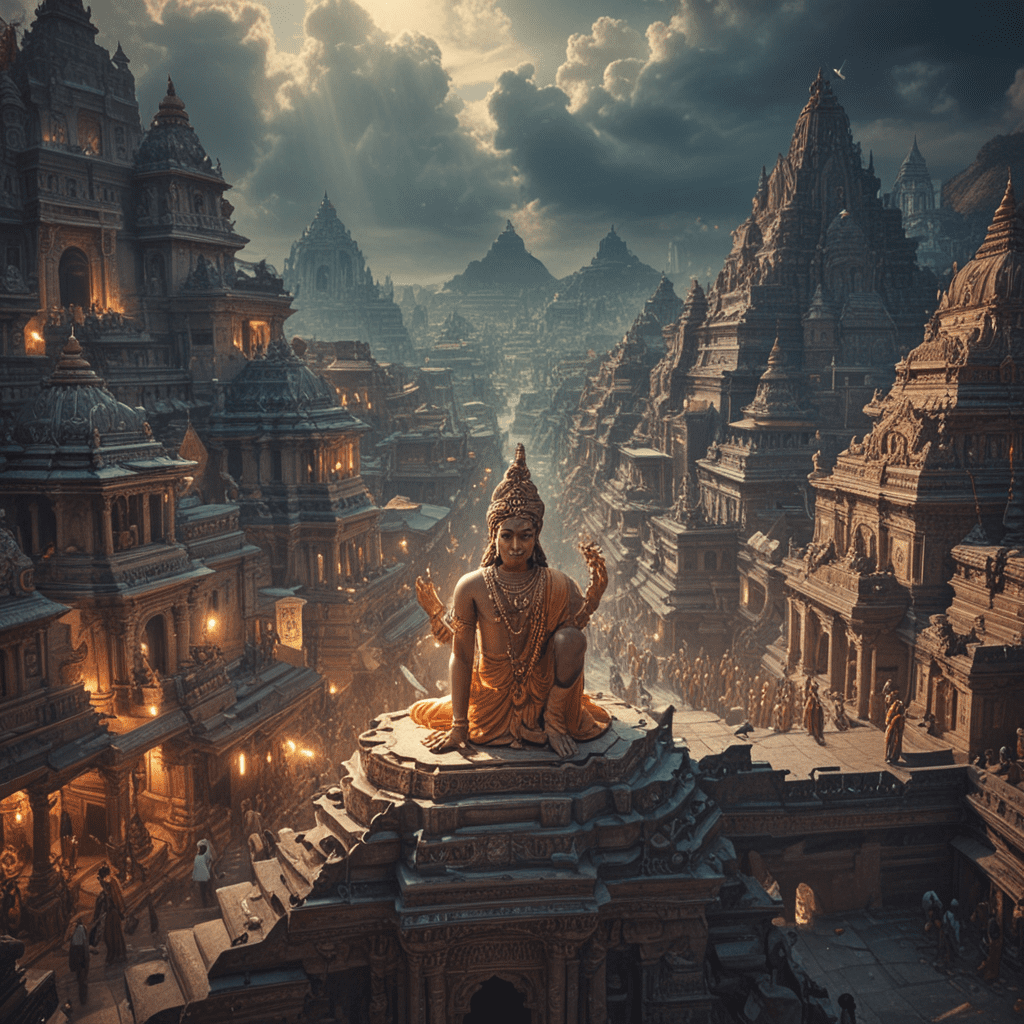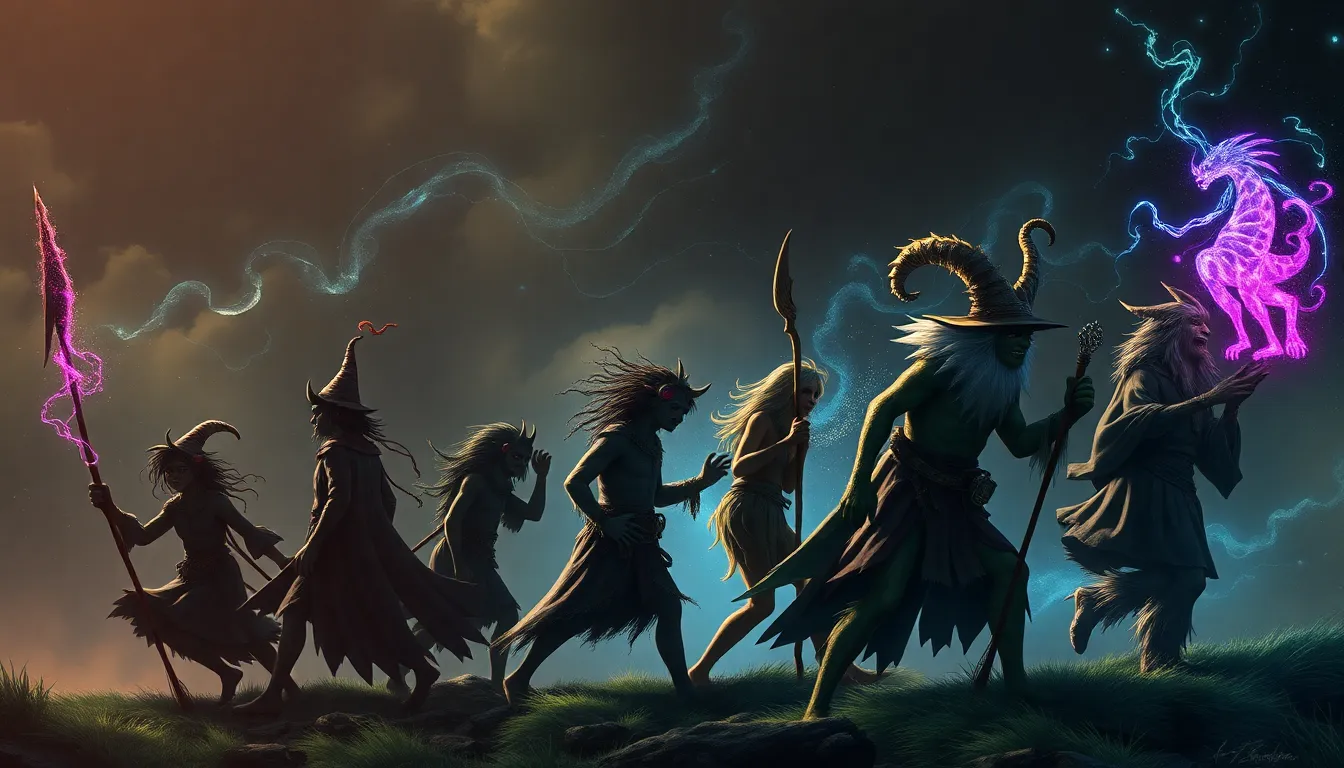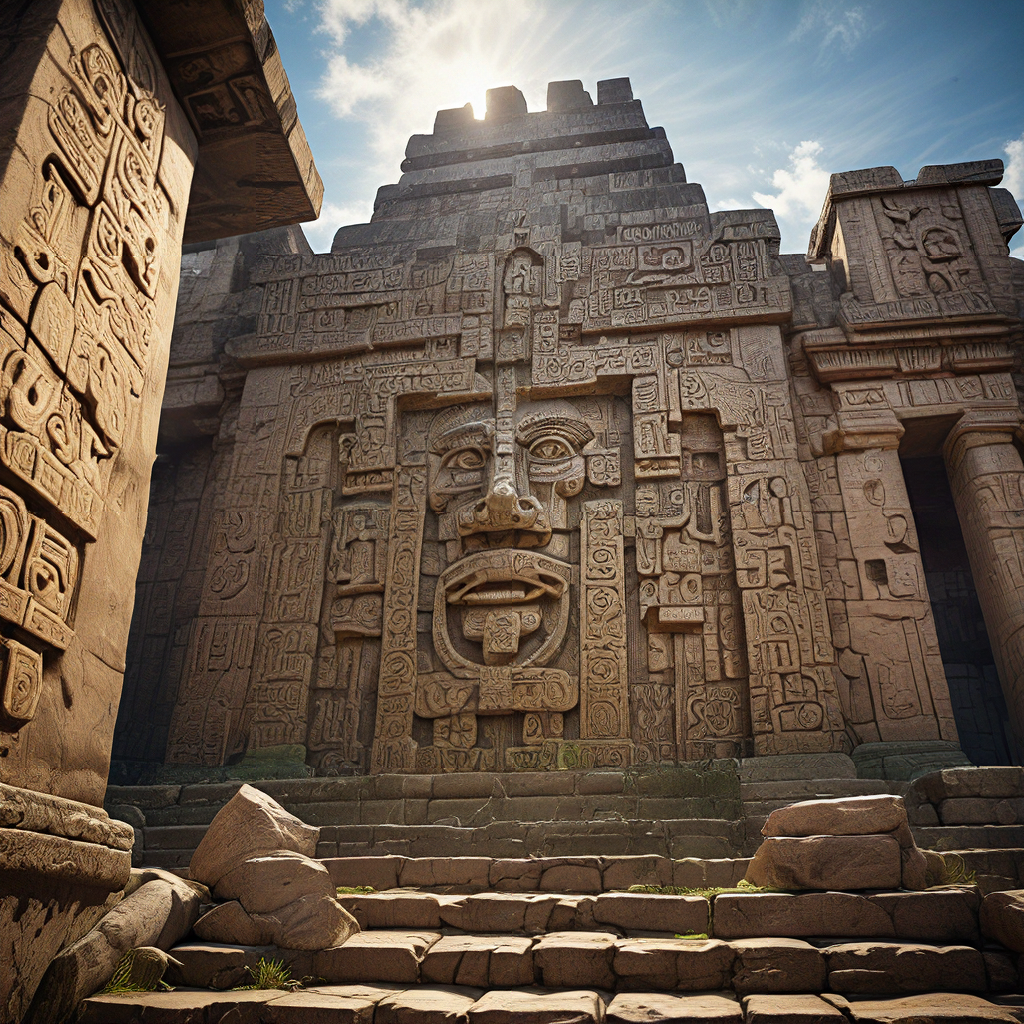Introduction: The Realm of Mythical Cities in Hindu Mythology
Hindu mythology is a rich tapestry of captivating tales, featuring both divine and human characters, as well as magnificent cities that transcend the boundaries of imagination. These mythical cities, each boasting unique attributes and significance, form the backdrop for countless stories that have captured the hearts and minds of generations.
Amaravati: The Celestial Abode of Indra
Amaravati, the resplendent city of Indra, the king of gods, is depicted as a heavenly paradise located in the sky. It is believed to be adorned with exquisite palaces, lush gardens, and pristine lakes, embodying the epitome of luxury and splendor. According to legend, the city was constructed by the celestial architect, Vishwakarma, and is said to be the abode of various deities, including those of love and desire.
Ayodhya: The City of Lord Rama
Ayodhya, considered the birthplace of Lord Rama, is a hallowed city steeped in the reverence of one of the most revered deities in Hindu mythology. It is believed to have been a prosperous and flourishing city during Lord Rama's reign, blessed with towering structures, magnificent temples, and serene gardens. Ayodhya is also regarded as the birthplace of the epic Ramayana, which narrates the tale of Lord Rama's triumph over the demon king, Ravana.
Dwarka: The Sunken City of Lord Krishna
Dwarka, a city founded by Lord Krishna, stands as a testament to his divine powers. It is said to have been built on a remote island in the western sea and was adorned with magnificent palaces, opulent temples, and a towering fortress. Legends recount that Dwarka was submerged by the sea due to a curse, and to this day, its ruins are believed to lie beneath the waves.
Hastinapur: The Ancient Capital of the Kuru Kingdom
Hastinapur, located in present-day northern India, was the capital of the Kuru kingdom, the setting for the iconic epic, the Mahabharata. It is depicted as a prosperous and influential city, boasting magnificent palaces, elaborate marketplaces, and a formidable army. The Mahabharata narrates the rivalry between two branches of the Kuru family, the Pandavas and the Kauravas, which ultimately culminated in the devastating Battle of Kurukshetra.
5. Indraprastha: The Architectural Marvel of the Pandavas
Indraprastha, the magnificent capital city constructed by the Pandavas after their victory in the Kurukshetra War, stands as a testament to their architectural ingenuity and divine favor. It is depicted as an opulent city, adorned with sprawling palaces, towering temples, and lush gardens. The city's prosperity and splendor were renowned throughout the land, attracting merchants, scholars, and pilgrims from far and wide.
6. Lanka: The Demon Citadel of Ravana
Lanka, the legendary island fortress ruled by the demon king Ravana, is renowned for its grandeur and impregnability. According to the epic Ramayana, Lanka was constructed by the celestial architect, Vishwakarma, and featured magnificent palaces, opulent gardens, and a formidable army. It is said to have been located in the southern sea, surrounded by colossal walls and guarded by powerful demons.
7. Mathura: The Birthplace of Lord Krishna
Mathura, a sacred city located in northern India, holds immense significance as the birthplace of Lord Krishna, one of the most revered deities in Hinduism. It is believed to have been a flourishing city during Lord Krishna's time, with magnificent temples, bustling marketplaces, and serene ghats along the Yamuna River. Mathura is also considered a pilgrimage site, attracting devotees from all corners of India.
8. Mohenjo-Daro: The Lost Civilization of the Indus Valley
Mohenjo-Daro, an ancient city located in the Indus Valley, offers glimpses into a lost civilization that flourished over 4,500 years ago. Excavations have revealed a sophisticated urban settlement with well-planned streets, advanced drainage systems, and impressive public baths. The city's grandeur and prosperity suggest a highly organized society with a rich cultural heritage.
9. Conclusion: The Enduring Legacy of Mythical Cities
The mythical cities of Hindu mythology continue to fascinate and inspire people around the world, serving as a testament to the boundless imagination and rich storytelling traditions of ancient India. These cities, with their celestial abodes, opulent palaces, and captivating legends, have become an integral part of Hindu culture and have left an indelible mark on the collective consciousness of the subcontinent.
FAQ
1. What is the significance of mythical cities in Hindu mythology?
Mythical cities in Hindu mythology serve as celestial abodes for gods and goddesses, provide a backdrop for epic tales, and embody the ideals of prosperity, splendor, and architectural ingenuity.
2. Which mythical city is considered the birthplace of Lord Krishna?
Mathura is the sacred city revered as the birthplace of Lord Krishna, one of the most beloved deities in Hinduism.
3. What is unique about the city of Dwarka?
Dwarka is renowned as the sunken city founded by Lord Krishna. Legends narrate that it was submerged by the sea due to a curse and its ruins are believed to lie beneath the waves.
4. Which ancient city is believed to have been a part of the lost Indus Valley Civilization?
Mohenjo-Daro is an ancient city located in the Indus Valley that offers insights into a sophisticated urban settlement that flourished over 4,500 years ago.
5. What is the epic significance of the city of Hastinapur?
Hastinapur is renowned as the ancient capital of the Kuru kingdom and the setting for the epic Mahabharata, which narrates the rivalry and conflict between the Pandavas and Kauravas.


